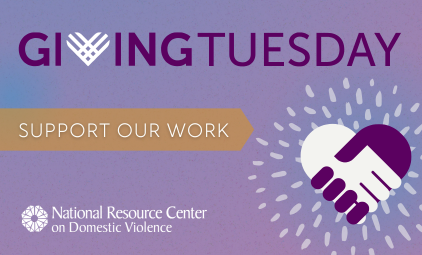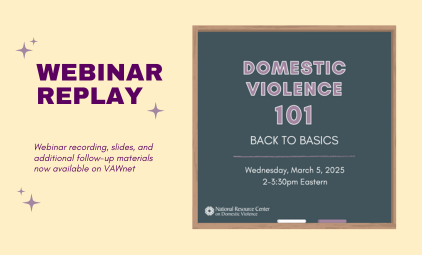The risk of sexual violence begins early in life but prevention efforts have largely focused on college-age students. To reach younger populations, many practitioners have worked adapt and design programs for sexual violence prevention work with youth.
Scope and Prevalence of Youth Sexual Violence: According to national studies, eight percent of high school students in a national survey reported they had been forced to have sexual intercourse (CDC, 2012). Rates were higher for girls than for boys, and for Black and Hispanic youth than for White youth (CDC 2012). LGBTQ youth may be at increased risk for experiencing sexual violence, particularly homophobic sexual harassment (Kosciw, Greytak, Diaz, & Bartkiewicz, 2010). Another major concern and motivation for prevention efforts is that sexual violence against youth can have significant short and long term health consequences (Decker, Silverman, & Raj, 2005; Howard & Wang, 2005; Silverman, Raj, Mucci, & Hathaway, 2001).
Trends in Developing Youth Sexual Violence Prevention Strategies:
Three trends have influenced the development of prevention strategies to address sexual violence among youth.
- Efforts have shifted toward the development and testing of primary prevention strategies.
- Focus within prevention strategies has shifted to the primary prevention of perpetration of sexual violence.
- There has been a push to develop comprehensive prevention strategies that address each level of the social ecology.
Common Strategies in Youth Prevention Work: Several common strategies have surfaced in prevention programs aimed at youth. One example is programming that promotes healthy relationship skill development. Another common strategy involves working to build skills youth can use in a bystander situation. Acting as engaged bystanders provides youth the opportunity to intervene in both reactive and proactive ways to disrupt violent actions and behaviors. A third strategy discussed involved a general approach to youth development, building resiliency and protective factors through youth empowerment. Finally, policy development in spaces that youth commonly inhabit serves as a top-down approach to youth sexual violence prevention.
Selecting Primary Prevention Strategies to Implement: There are several factors to consider when beginning prevention work with youth. Some research suggests that assessing community readiness for your program is a valuable first step in planning your strategies. Other factors to consider include: how you will gain access to adolescents to deliver programming; how you will address the multiple levels of oppression that adolescents face within your program, and how you will evaluate your strategies after they are implemented. Finding the resources needed to staff and fund prevention efforts are also a major concern or barrier to taking on this work. Building collaborative partnerships with community members, allied organizations, and researchers may help in meeting some of these planning needs.
| Attachment | Size |
|---|---|
| Youth Sexual Violence Prevention | 572.43 KB |














